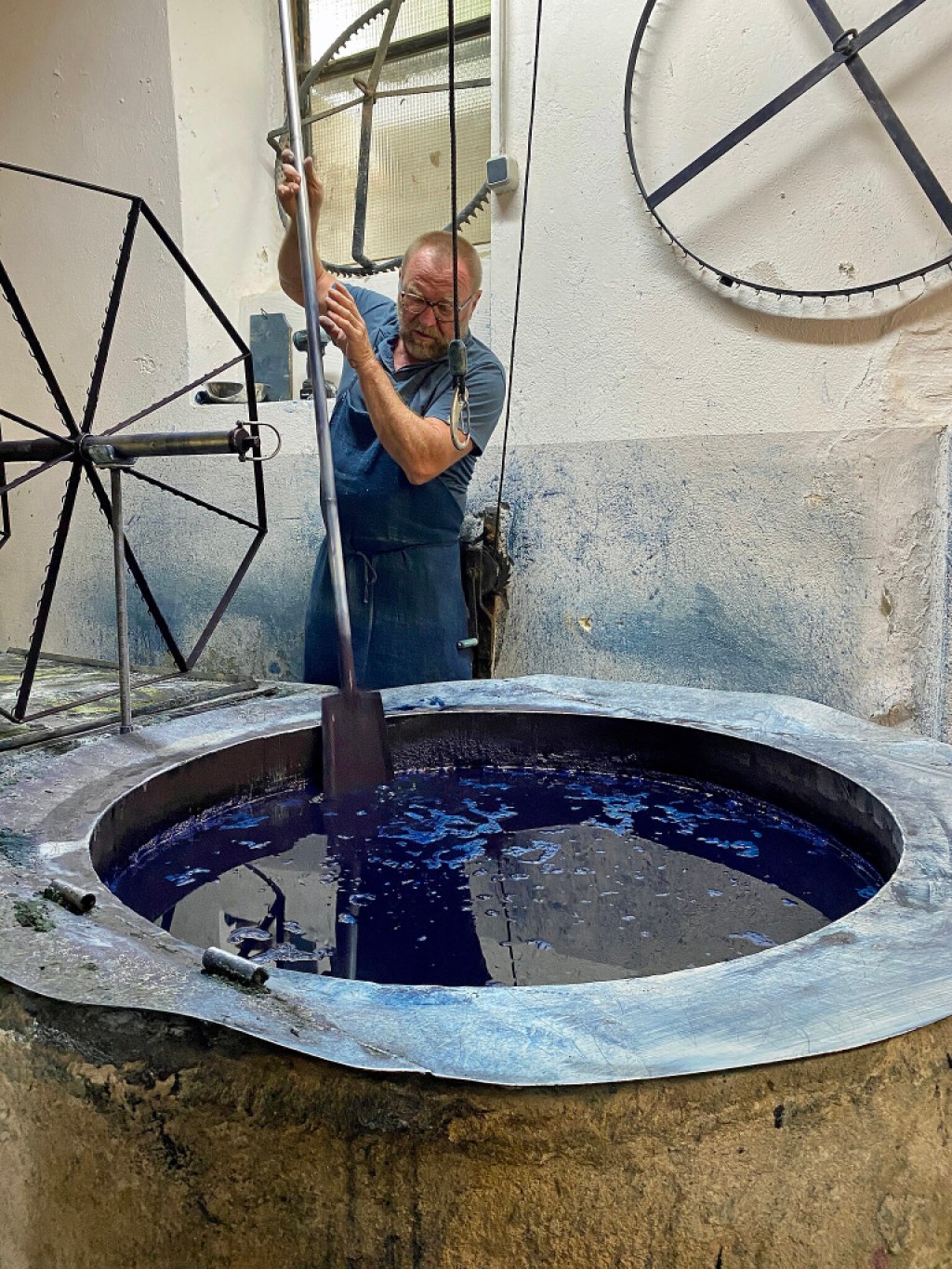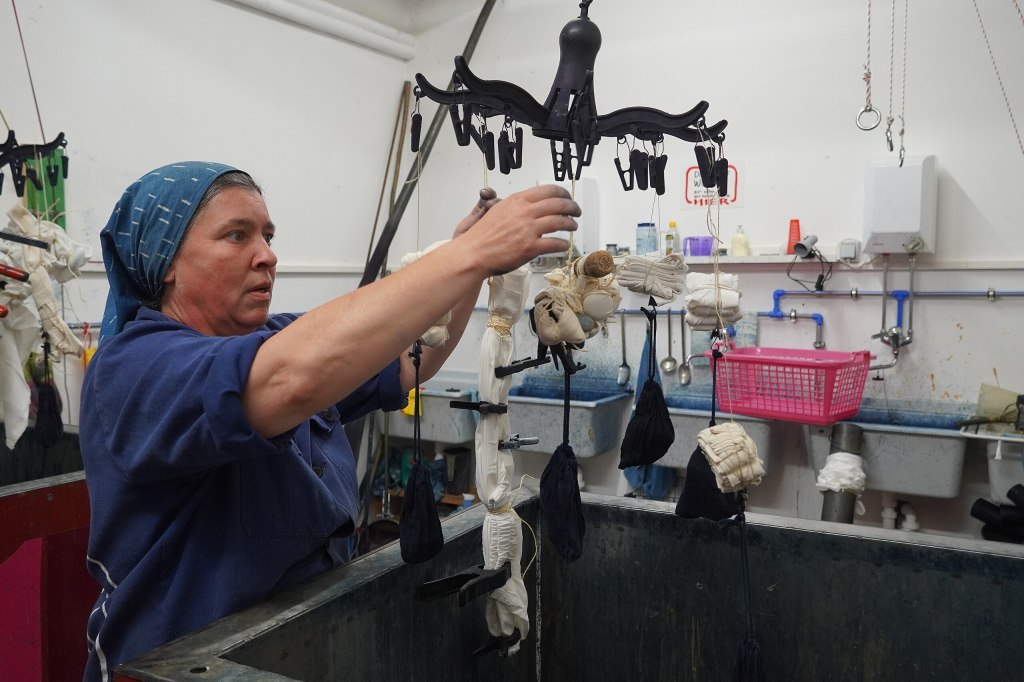Intangible heritage consists of elements of traditions and forms of expression that have been handed down over generations. Last year, on the occasion of the 20th anniversary of UNESCO’s Convention for the Safeguarding of the Intangible Cultural Heritage, it came into greater focus in the Wikimedia projects – also in Austria.
A pinnacle of our journey through the wonderful world of intangible heritage was certainly the first prize of the 2023 European Wiki Loves Living Heritage’s photo contest going to Austria. Our community was also among the most active contributors in the contest. However, the topic has long meant much more to us. It’s about bringing communities together: Wikimedians with different backgrounds and the bearers of cultural heritage.
The collaboration has been advanced by Wikimedia Austria’s board member Martina for several years. As she said in an interview:
“Personally, intangible cultural heritage is particularly close to my heart. Preserving the knowledge of ancient traditions and forgotten or almost extinct craft techniques and transporting this knowledge into the present day is what motivates me in my voluntary Wikipedia and Wikimedia work.”
Craft and content
Recently, the traditional craft of hand dyeing in Austria’s Mühlviertel region and the region itself were comprehensively documented in the Wikimedia projects. A group of ten volunteers from Austria and Germany worked on the topic for several months and spent three intensive days visiting the “hand dyeing communities” of Bad Leonfelden and Gutau.
The Wagner blueprinting company in Bad Leonfelden is one of the local hand dyeing organizations. The traditional family-run company allowed an in-depth look behind the scenes. The impressive Gutau Dyeing Museum also opened up areas that are usually not accessible on guided tours. In the Gutau fabric dyeing factory, the project team was finally able to try out the Japanese shibori dyeing technique using indigo dye.
Important results of the site visit are 3302 new media files on Wikimedia Commons – mainly high-quality photos, but also 360° images and videos.
As with the entire project, the focus was not only on the intangible heritage itself, but also on the systematic documentation of the region in which the heritage is anchored. The resulting media files have so far been integrated into 503 different Wikipedia articles in 17 languages and other content pages. The project also included 73 German-language Wikipedia articles, 60 of which were newly created and the others heavily revised. In addition to articles on blue printing and intangible heritage, numerous regional articles on Bad Leonfelden and Gutau were created: about notable buildings, settlements and more.
The focus communities are now also among the best documented in Austria on Wikidata. For the first time, up to 1000 related topics are represented with their own Wikidata objects or presented in more detail.
Some years ago, a similar successful project around the manufacturing of Alpine pocket knives featured the underrepresented cultural community that keeps the tradition alive. This summer, Austrian Wikimedians will connect with the remote community of Jew’s harp players in Upper Austria.
Austrian Commission for UNESCO in their own words
The Austrian Commission for UNESCO offers not only digital content on the subject of intangible heritage, but also a network to the local heritage organizations and beyond, as well as expertise and other incentives for our volunteer communities.
We interviewed Katharina Spanlang and Marie-Theres Bauer of the Department of Intangible Cultural Heritage at the Austrian Commission for UNESCO.
Q: What is important to you when acting as an agent for intangible cultural heritage in Austria?
“Intangible heritage includes not only the many living traditions but also the measures taken to safeguard them and it puts the communities that are involved in them at center stage. Preserving cultural heritage can bring challenges, such as the dwindling interest of younger generations, the loss of old craft techniques and the associated experience, as well as the effects of climate change. But preserving living heritage does not mean preserving it in a rigid or “original” form. Rather, it is about the transfer and evolution of knowledge, skills and meaning. The emphasis is more on transmission from generation to generation, than on the preservation of concrete manifestations such as dances, songs or crafts. It also does not mean that intangible heritage should be protected and revived at all costs.”
Q: What makes Wikimedia Austria an interesting cooperation partner for you?
“Unlike World Heritage, where sites must have a so-called OUV (Outstanding Universal Value) for humanity, intangible heritage is important for those communities that practice it. The focus is on the bearers, as well as the associated knowledge, practices and techniques. The cooperation with Wikimedia Austria was an extremely valuable collaboration, as intangible heritage is often not very visible or is often only known to practitioners. Through the use of the Wikimedia communities and the public call for the WikiDaheim photo competition, many photos and videos about intangible cultural heritage in Austria were produced and uploaded. By making practices that have previously often existed hidden visible, a new understanding of regional characteristics, lively communities and the sustainable use of local resources and conditions is created.”
Q: Was there a particular highlight of the cooperation for you last year?
“One highlight was the interaction with a new group of people, Wikipedians and Wikimedia Commons photographers, as well as experiencing the commitment and response from different areas. Bearers of intagible heritage also took part in the photo competition with enthusiasm – it opened up new possibilities for communicating and visualizing intangible heritage in Austria on channels that we had not actively used before.”

Can you help us translate this article?
In order for this article to reach as many people as possible we would like your help. Can you translate this article to get the message out?
Start translation


